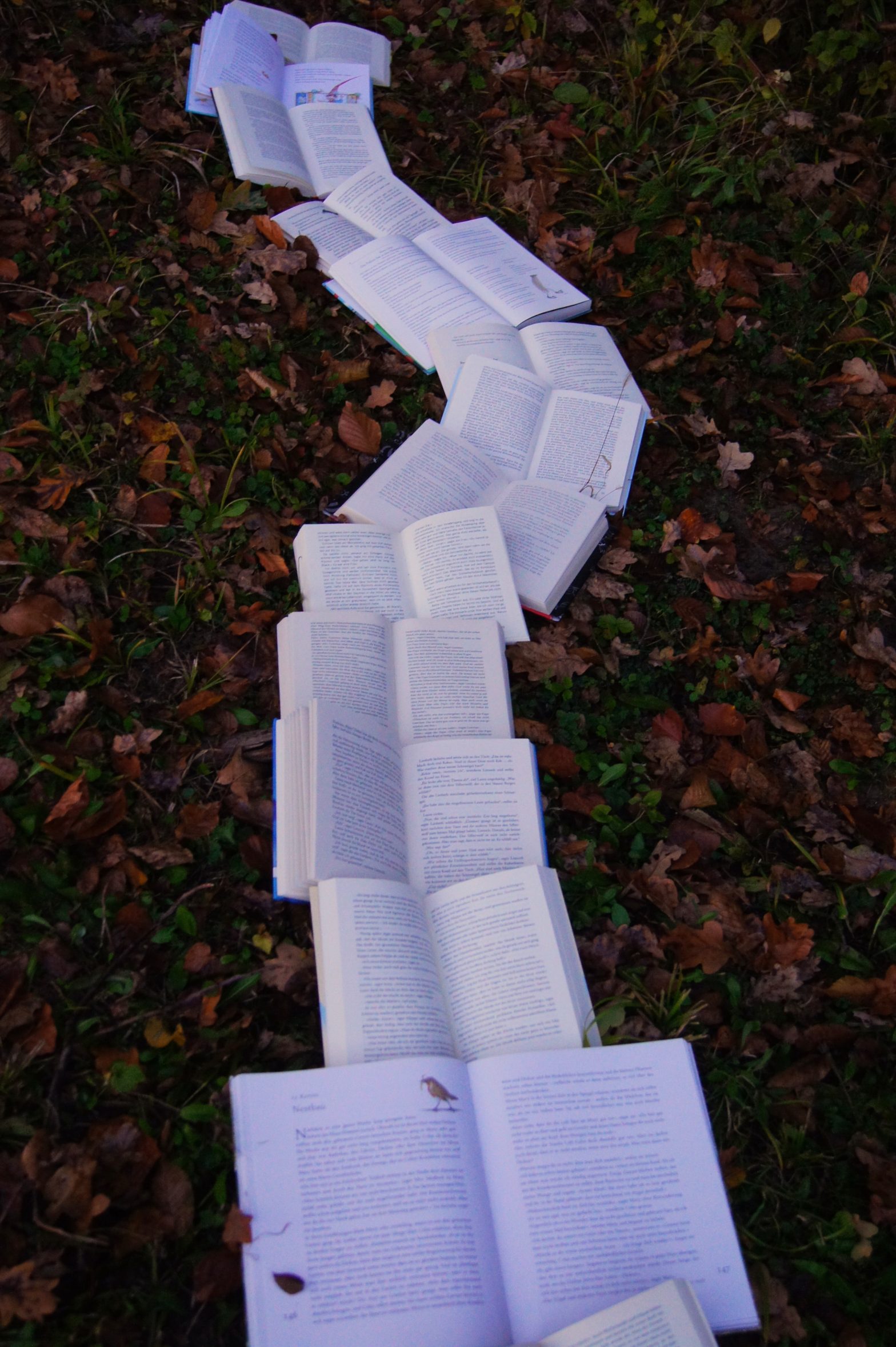In the last blog post, we discussed why you should read Long Way Down by Jason Reynolds and even gave you some background information about the author and the book to entice you to pick it up and begin reading. This blog post will discuss the major themes that make Long Way Down a book you need to read.
Grief:
Grief is a theme that is strung throughout Long Way Down. It is very clear from the beginning of the book, when the first murder happens, and the family is made aware, that grief will play a significant role in the book. Though Long Way Down does not just deal with having grief, it also deals with coming to terms with your grief and doing that in a healthy way which is what Will, the main character, does throughout the book,
A Cycle of Violence:
The cycle of violence is also an essential theme in the book and helps to push the plot along. The most memorable quote from the book, “There’s a code of conduct, and what those rules are is number one, no crying, number two, no snitching, and number three, always seek revenge.” help to show that with each act of violence more violence will follow.
Toxic Masculinity:
According to The Good Men Project, toxic masculinity is a “narrow and repressive description of manhood, designating manhood as defined by violence, sex, status, and aggression. It’s the cultural ideal of manliness, where strength is everything while emotions are a weakness;”. The idea that emotions are a weakness can be seen throughout the book, like in rule number one, which states no crying.
Family:
Though not all the themes in Long Way Down are sad, some can be heartwarming, like family. Family is an essential theme in the book; it is intertwined with other themes, like grief, and it also kicks off the action when Shawn is murdered while coming home from getting an eczema cream for his mother.
Ultimately, there are many ways these four themes can be seen throughout Long Way Down and many more themes to discover. Grab a copy of Long Way Down by Jason Reynolds and tell us what themes you can find.
-Written by Nancy Gately




read this in ELA. good book.
Same!